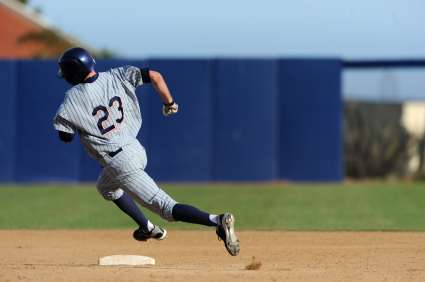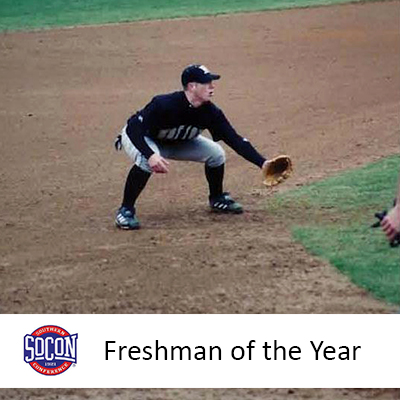 Georgia Personal Training
Georgia Personal Training
Speed and Agility Training
Speed is without question the most coveted athletic skill in all of sports. Why? Because speed can change the course of a game in the blink of an eye. Athletes with speed can make things happen on the field that others can’t. In baseball, a 6.5 60 guy can stretch singles into doubles, doubles into triples, and score from second on any base hit to the outfield. He can also cover so much ground on defense that finding an open patch of grass for a base hit can be a daunting task. In football, a 4.3 40 guy could potentially end up in the end zone every time he touches the ball. Why? Because he literally can’t be caught from behind. Just one play where he can find some open field or gets a step on the defense and he’s gone. If your goal is to reach the pinnacle of your sport, no matter what it is, speed is likely going to be the most important athletic tool you could possess.
The old cliche is that “you can’t teach speed”. Implying that athletes are either born fast or not, and no amount of coaching or training can change that. There is a small degree of truth in this statement, but the reality is that every athlete can significantly improve their speed over time with proper training. Will a 7.5 60 ever become a 6.5 60? It’s not likely. But with consistent effort and proper training a 7.0 60 could become a 6.7 or 6.8, and those 2-3 tenths of a second literally make the difference between being fast enough to play pro ball or being considered too slow.
Training for speed is more than just running sprints. Rather it is a focus on developing all the areas that surround speed and make it possible. These areas include proper sprint mechanics, dynamic range of motion, strength, fast twitch muscle fibers, joint integrity, and the central nervous system. Sprint Mechanics would address things like proper arm action, optimal stride length, torso position and posture, and foot point of contact during the ground strike phase. Dynamic Range of motion is basically a measure of how flexible you are when moving. Your ROM will affect your stride length, knee drive, power output, agility, and balance. More range of motion means faster sprint times, better agility, more power, and less risk for injury.
Strength is an essential yet often overlooked factor in an athlete’s ability to run fast. Speed is all about generating large ground contact forces and short ground contact times. This means the more force you can exert into the ground with each stride, and the faster your strides are, the more speed you will be able to produce. A strong posterior chain allows for lengthier and more powerful strides. More fast twitch muscle fibers allows for a faster leg turnover. Strong joint integrity in the feet, ankles, knees, and hips will allow for maximum power output from the central nervous system resulting in faster and more powerful muscle contractions. Simply put, proper strength training will increase horse power, and horse power equates to better acceleration and top speed. Strength training done properly can be the key component in improving your sprint times, while improper strength training, will do little or nothing to improve speed and can actually slow an athlete down.
Georgia Personal Training
8 step approach to speed training
-
Dynamic warm up
-
Agility and footwork
-
Sprint Mechanics
-
Acceleration training
-
Top Speed training
-
Plyometrics
-
Fast twitch focused strength training
-
Joint integrity training
Agility is the ability to accelerate, decelerate, and change directions as quickly and efficiently as possible. An athlete’s agility is affected by many of the same factors we discussed in the speed portion of this section. Ground reaction forces and frequency, reaction time, acceleration and deceleration proficiency, joint strength and integrity, foot speed, lateral quickness, and dynamic range of motion.
The foundational principles of speed and agility are very similar. Usually a faster athlete will also be very agile. However, running a sprint and covering a wide receiver are two different tasks. Acceleration, top speed, and agility all play vital and equally important roles in an athletes performance on the field. At GPT, we address all three equally or with a calculated prioritization based on the individual athlete we are training. If you truly want to become an elite athlete, then embrace the fact that speed kills, and start training with a GPT sports performance expert today.


